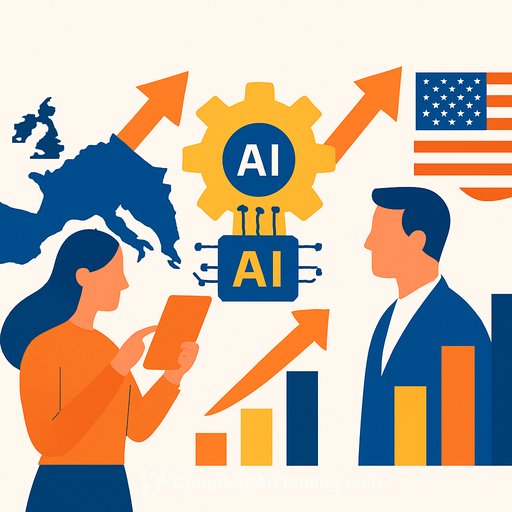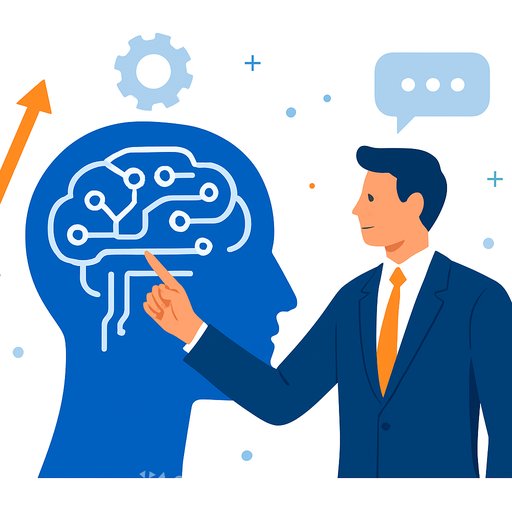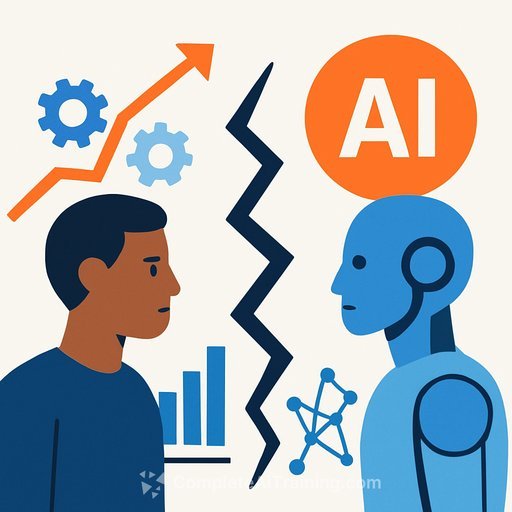Embracing AI to Close the Productivity Gap Between Europe and the US
Worker productivity in Europe trails behind that of the United States, and the difference continues to grow. The key to reversing this trend may lie in how effectively Europe adopts artificial intelligence (AI).
A recent study analyzed economic development on both sides of the Atlantic, highlighting that the gap isn’t just about financial resources but also about the ability of companies to implement new technologies.
AI: A Critical Factor in Productivity
Data since 1996 reveals that the US has bounced back more strongly from major crises, including the 2008 financial crash and the pandemic, each time increasing production. Europe, in contrast, has experienced stagnation. The driving factors behind this are investment levels and economic structure.
The US stock market is dominated by “Big Tech” firms—large companies that not only generate massive value but also efficiently integrate AI and other advanced technologies. Europe, with fewer global giants, missed out on this advantage.
According to a report led by economist Mario Draghi, AI represents a significant opportunity for Europe to catch up. Yet, challenges remain: while 95% of European workers recognize AI’s benefits, two-thirds fear job loss, and 75% lack meaningful access to AI tools at work. Additionally, one-third do not receive adequate training to leverage new technologies.
Company Size and Sector Influence AI Adoption
Research covering 800 companies across six European countries shows that the largest companies (valued over $10 billion) adopt AI at rates similar to US giants. The real challenge lies with smaller firms. Companies valued between $1 billion and $2.5 billion are three times less likely to implement AI effectively compared to their US peers.
Europe’s economy is more fragmented, with more mid-sized companies and fewer global leaders. These smaller organizations face limited access to technology, tools, and specialized staff.
Sector differences also matter. Aerospace, defense, and advanced industries lead in AI adoption, whereas public and energy sectors lag behind significantly. Country-wise, Switzerland, Germany, and France are ahead, but when adjusted for sector structure, the UK leads with AI adoption rates above 50%. France shows surprisingly low adoption (~30%), while Spain and Italy rank lowest.
Investment: The Biggest Hurdle
Between 2013 and 2023, US investment in new technologies was 5 to 7.5 times higher than in Europe. European companies have tried to compensate with organizational changes, but without sufficient investment, progress stalls.
Simply tightening budgets isn’t enough. Companies must invest in technology, employee training, and courageous implementation to close the productivity gap.
Strategies to Bridge the Divide
Bureaucracy is often seen as a barrier to innovation in Europe. While this affects smaller companies more than the largest players, simplifying regulations and speeding up decision-making are crucial.
Massive investment in digital skills and AI adoption is also needed. The EU aims for 75% of companies to use cloud technologies and AI by 2030, and for 20 million citizens to possess advanced digital skills.
- Increase investments in new technologies.
- Support medium-sized companies in adopting AI.
- Address sector and country disparities.
- Provide employees access to AI tools and training.
If these steps aren’t taken, Europe’s productivity—and its competitiveness—will continue falling behind.
For those interested in building skills to help their organizations adopt AI successfully, exploring comprehensive AI training programs can be a solid investment. Check out Complete AI Training’s latest courses for practical learning paths.
Your membership also unlocks:






